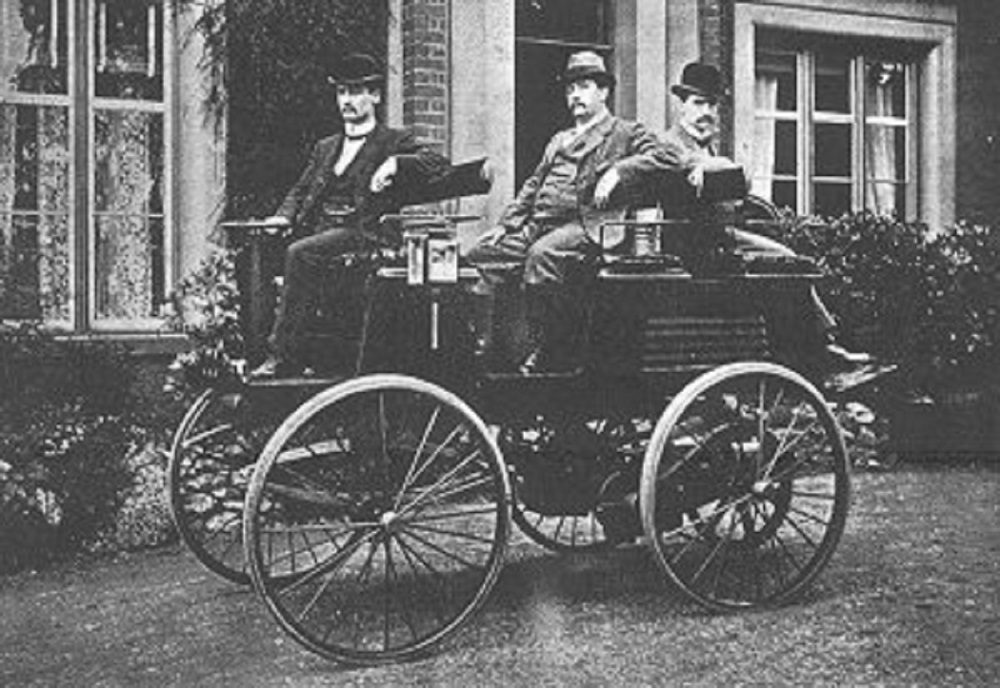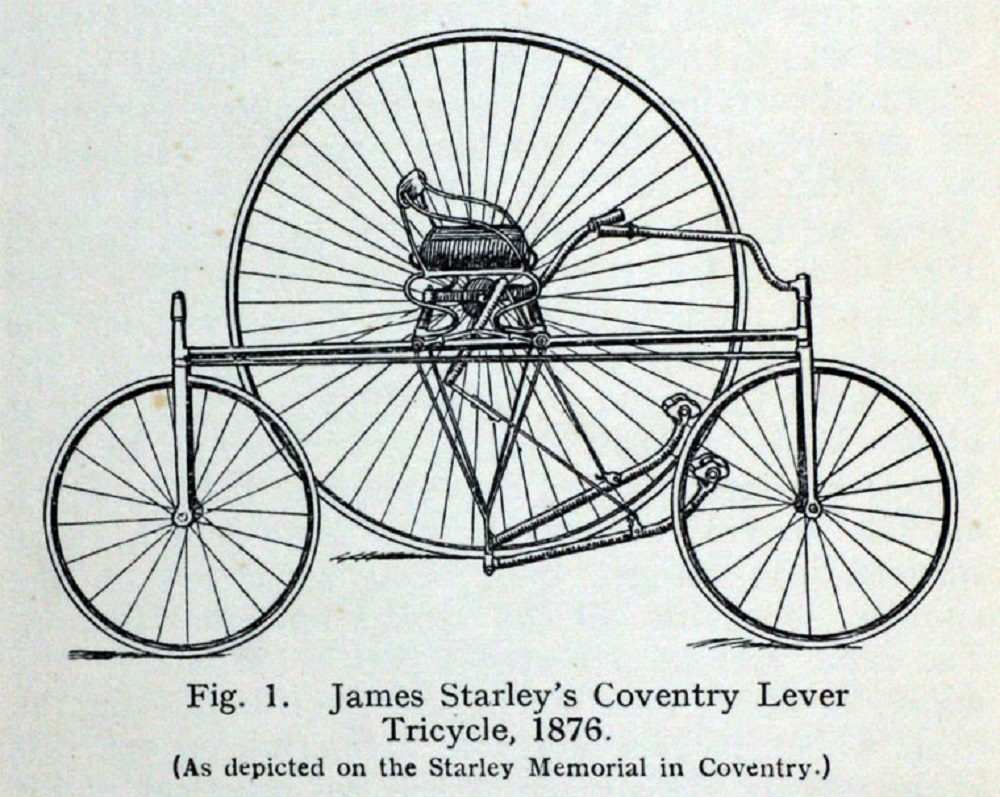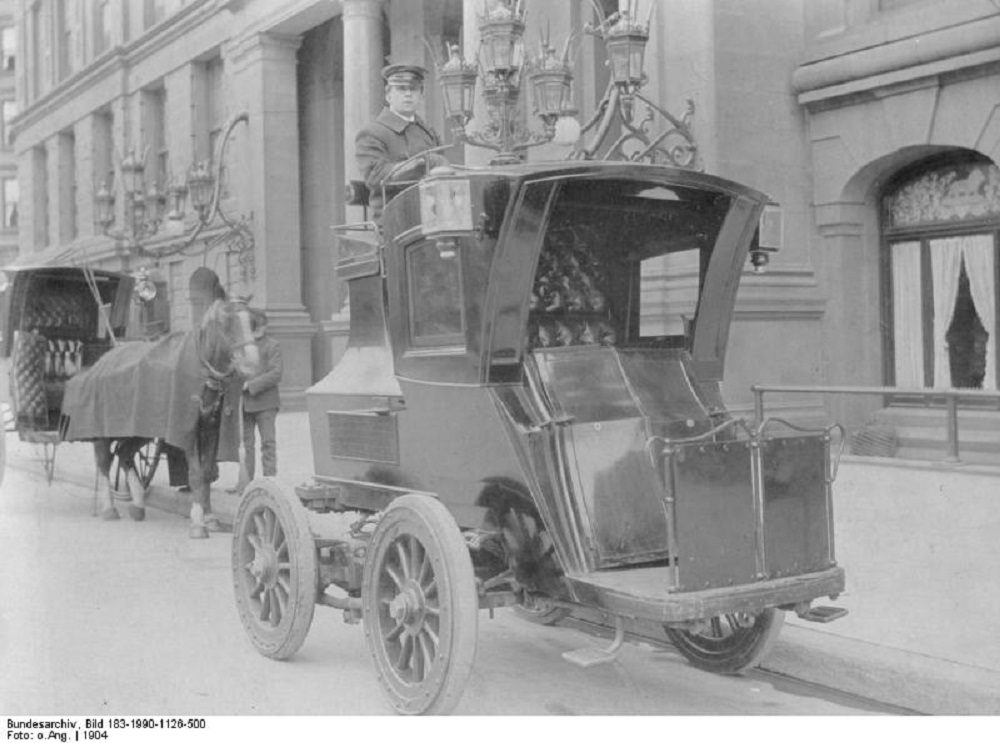A Brief History of Electric Vehicles

Photo: Wikimedia Commons via CC
The fact that all-electric vehicles are soon going to be as common as their gas-powered siblings should shock nobody. Most major automakers are restructuring to ramp up EV production, and Volvo is even going so far as to offer refunds on charging costs for a full year. With the market evolving rapidly, it seems appropriate to look back at the early days of electric vehicles.
In the beginning…
With our current perception of EVs as the high-tech cars of the future, you’d be forgiven for thinking that they were invented within the last few decades. However, their origins actually go all the way back to 1828, when a Hungarian inventor named Anyos Jedlik — who was also a physicist and a Benedictine priest, among other things — invented a rudimentary electric motor to power a small model car.
Meet the basis of Volvo’s first electric vehicle: The 2020 XC40
Over the next ten years, other inventors around the world experimented with similar technology. In Vermont, a blacksmith named Thomas Davenport built a vehicle powered by an electrified track. The next year, a Netherlandish man named Professor Sibrandus Stratingh of Groningen — which is objectively one of the best names of all time — designed a small vehicle powered by single-use primary batteries.
A rechargeable revolution
Eventually, a pair of French physicists named Gaston Plante and Camille Alphonse invented and refined one of the first rechargeable batteries, and by 1881, they were efficient enough to make legitimate electric vehicles viable. The first such example came from Gustave Trouve, who attached a battery-powered motor to a Coventry Lever Tricycle, thus giving life to the first electric “car.”
The rise and fall of early electric vehicles
From there, interest in electrified vehicles grew steadily. Motivated in part by the negative impact of pollution in London, Thomas Parker built the world’s first production EV in 1884, followed by the Flocken Elektrowagen in 1888, and the Electric Construction Corporation’s electric “dog cart” in 1896. When the first electric vehicle made its way to the U.S., it came with a top speed of 14 mph.
In the following years, electric vehicles boomed in popularity thanks to their efficiency, lack of foul-smelling emissions, and quick startup times — some steam-powered cars took as long as 45 minutes to heat up enough to run. At the height of their popularity, there was a fleet of 62 all-electric hansom cabs milling around New York City and a total of 33,842 EVs across the United States.
This success didn’t last, though. Due in part to a widespread lowering of gasoline prices, improvements to internal combustion engines, and lower top speeds/shorter ranges, EVs steadily lost favor. Henry Ford’s mass production of fossil fuel-powered cars was the final nail in the coffin, and the electric vehicle market was essentially dead by 1910.

Add in a motor, you’ve got the first electric vehicle
Photo: Wikimedia Commons via CC
The Flocken Elektrowagen, circa 1903
Photo: Wikimedia Commons via CC
An electric hansom cab prduced by the Electric Vehicle Company
Photo: Bundesarchiv via CC
Of course, the pendulum seems to be swinging hard in the other direction, with modern EVs offering unparalleled efficiency and performance specs that are on par with — if not superior to — standard gas vehicles. Though electric cars still need some improvements before they can fully dominate the market, the way they’re overtaking their fossil fuel-powered competitors is eerily similar to the way they were shut out of the industry in the early 1900s. Who knows, we may see the end of gasoline-powered cars in our lifetimes.
Excited for Volvo’s electric future?: Take a look inside the XC40

The News Wheel is a digital auto magazine providing readers with a fresh perspective on the latest car news. We’re located in the heart of America (Dayton, Ohio) and our goal is to deliver an entertaining and informative perspective on what’s trending in the automotive world. See more articles from The News Wheel.

